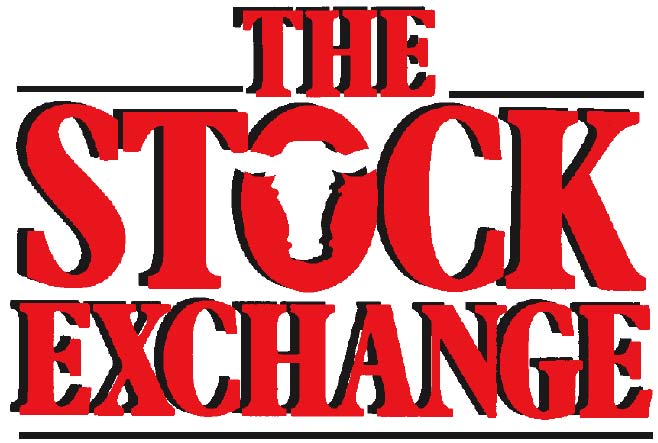Get the most out of higher cattle placement weights in feedlots
By Donald Stotts STILLWATER, Okla. – The rising feedlot cost of gain in the southern Great Plains should have cattle producers considering economic opportunities for operations in forage-based stocker and backgrounding programs, said Oklahoma State University Extension experts. Cost of gain, or the expense of gaining a pound of livestock bodyweight, involves several critical factors such as feed costs, flesh condition, animal genetics, weather and cattle health. When grain prices rise and cost of gain…
